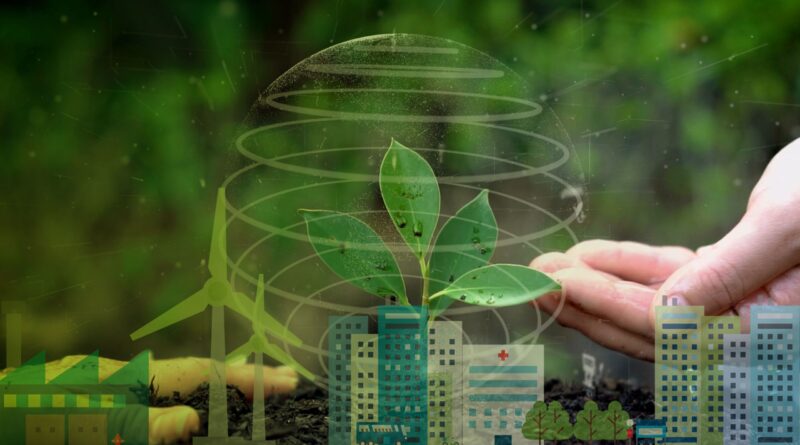Sustainability did not just gain traction over the years, but it became the center of attention as people became aware of the dire state of the environment. Experts are even saying that we’ve reached the point of no return as they protest to shed more light on the dangerous condition that we are all in. Due to this critical situation, industries are creating new methods as countermeasures to safeguard the future.
The construction industry is leading the way in building a sustainable future by developing new methods, using new technologies, and creating sustainable materials for many projects. Though it is slow when it comes to change, its direction now focuses on transitioning to sustainable methods. Here’s all about it and other things you might find interesting.
What is Sustainable Building
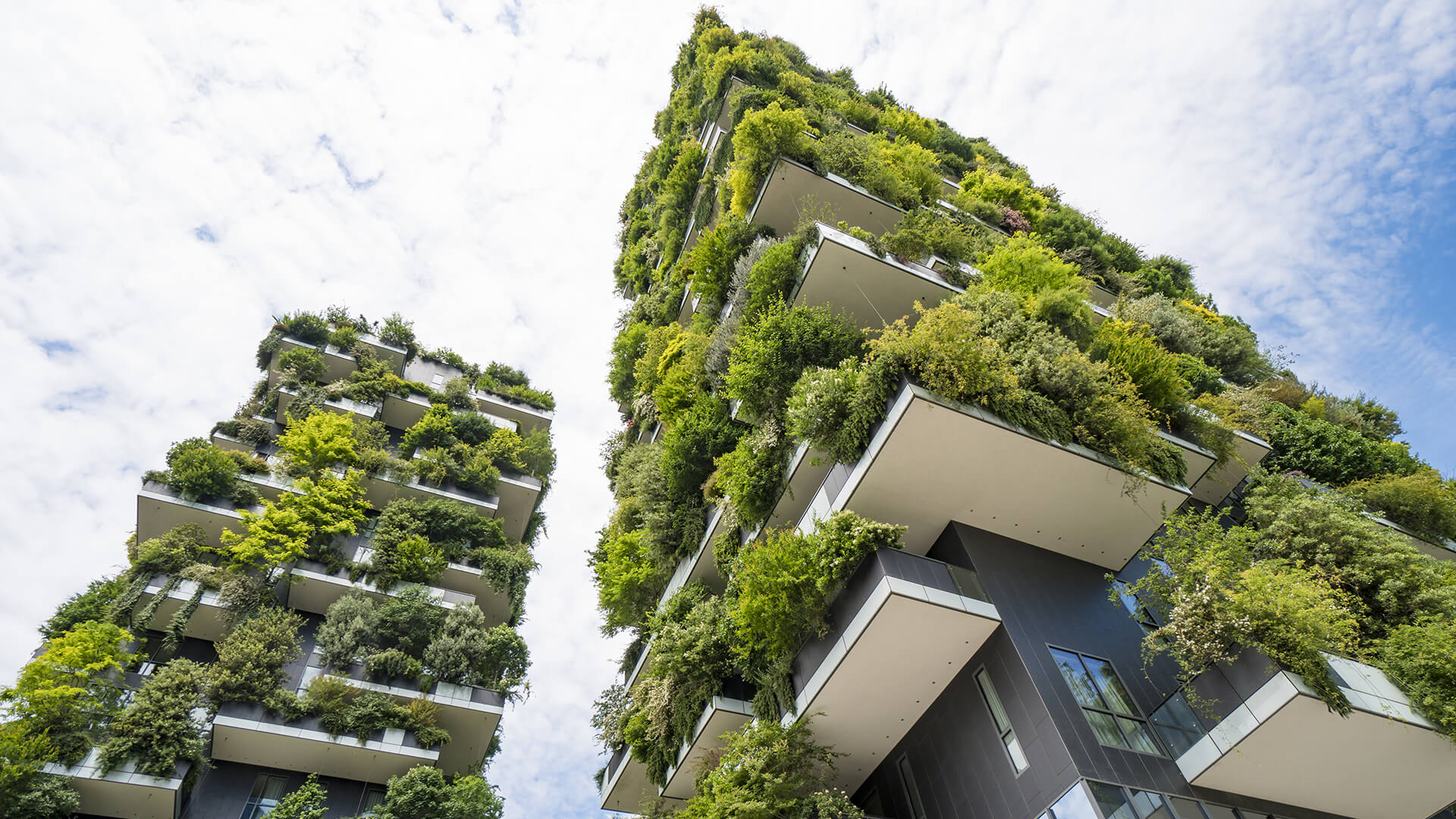
source: pinterest.com
Constructing a healthy environment using environmentally friendly principles is sustainable construction. Its six core principles are conservation, recycling, reusing, maintaining the environment, and generating high-quality non-toxic materials. The aim is to reduce the industry’s ecological footprint by implementing sustainable development methods, increasing energy efficiency, and adopting green technologies.
While many business sectors are working to become more sustainable, the construction industry is unique in that it has the opportunity to impact how it can implement these strategies substantially. It’s due to the industry’s massive consumption of resources and energy.
Sustainable Construction Application
While it is not a new concept, sustainability creates giant leaps in development. Its six core principles drive the need for the current demand. Many companies and other sectors see the advantages of implementing them, significantly reducing their power bills. Sustainable construction involves two factors: the materials used and the procedures utilized.
Utilized Procedures
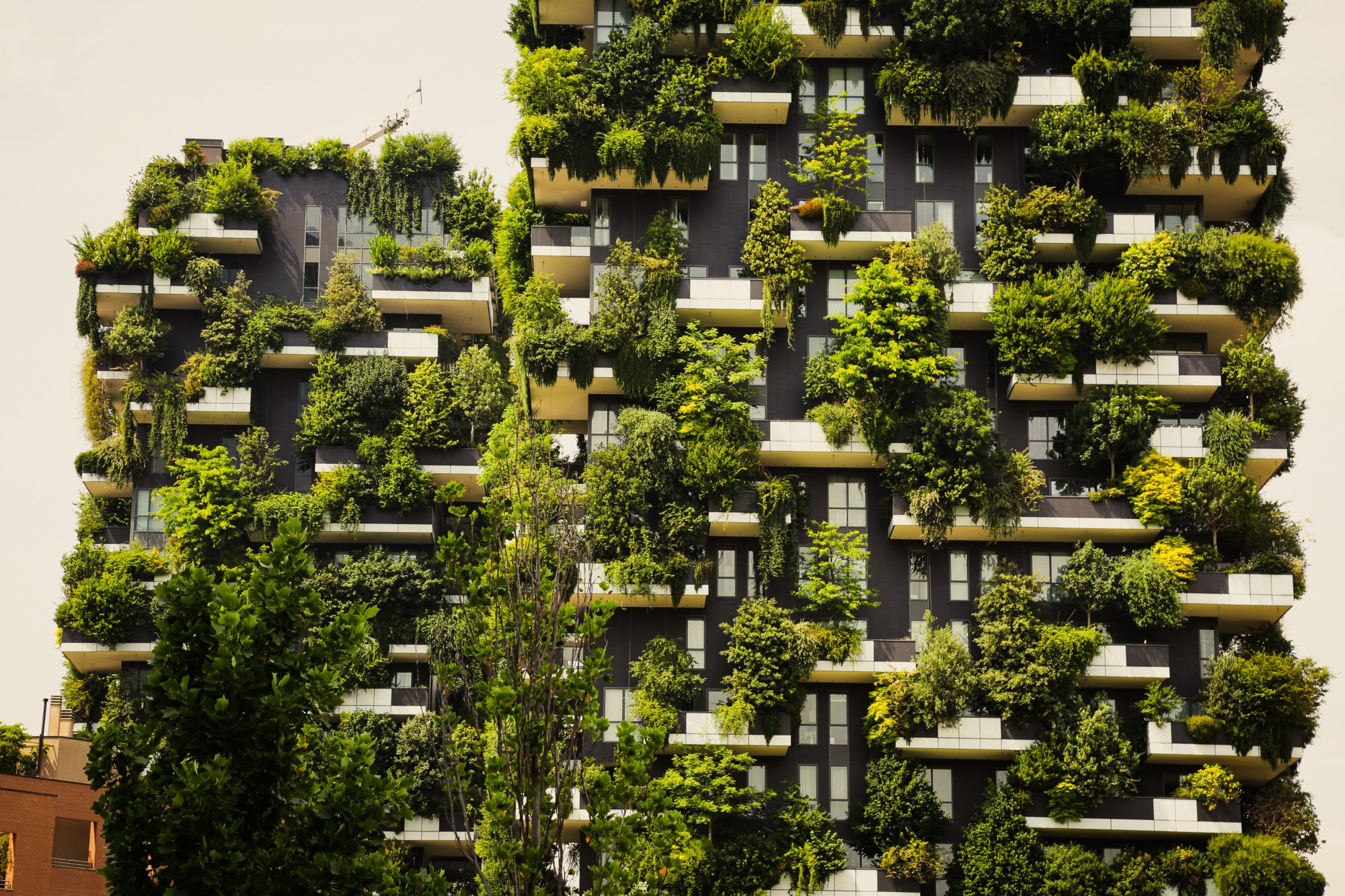
source: openaccessgovernment.org
Sustainable construction entails using cutting-edge materials and construction practices that support renewable and sustainable initiatives. Among these techniques are:
- Cutting and utilizing materials accurately to reduce waste.
- Using recycled and sustainable resources.
- Garbage management, including waste separation and recycling.
- Building green structures.
- Handling construction sites to reduce pollution.
- Transforming old systems through adaptive reuse methods.
- Energy conservation.
- Examples include recycling food containers, prohibiting smoking, and on-site water treatment.
Materials
The materials you utilize are among the best ways to apply sustainability in your project. The latest generation of construction materials that are tougher, lighter, and more renewable can help solve many challenges in the industry while also driving the present methods to be more maintainable.
These materials also aid the ecosystem by lowering the carbon footprint of buildings that incorporate them. They encourage a cleaner environment and a more sustainable future while being more aesthetically pleasing and practical.
The Advantages of Sustainable Construction
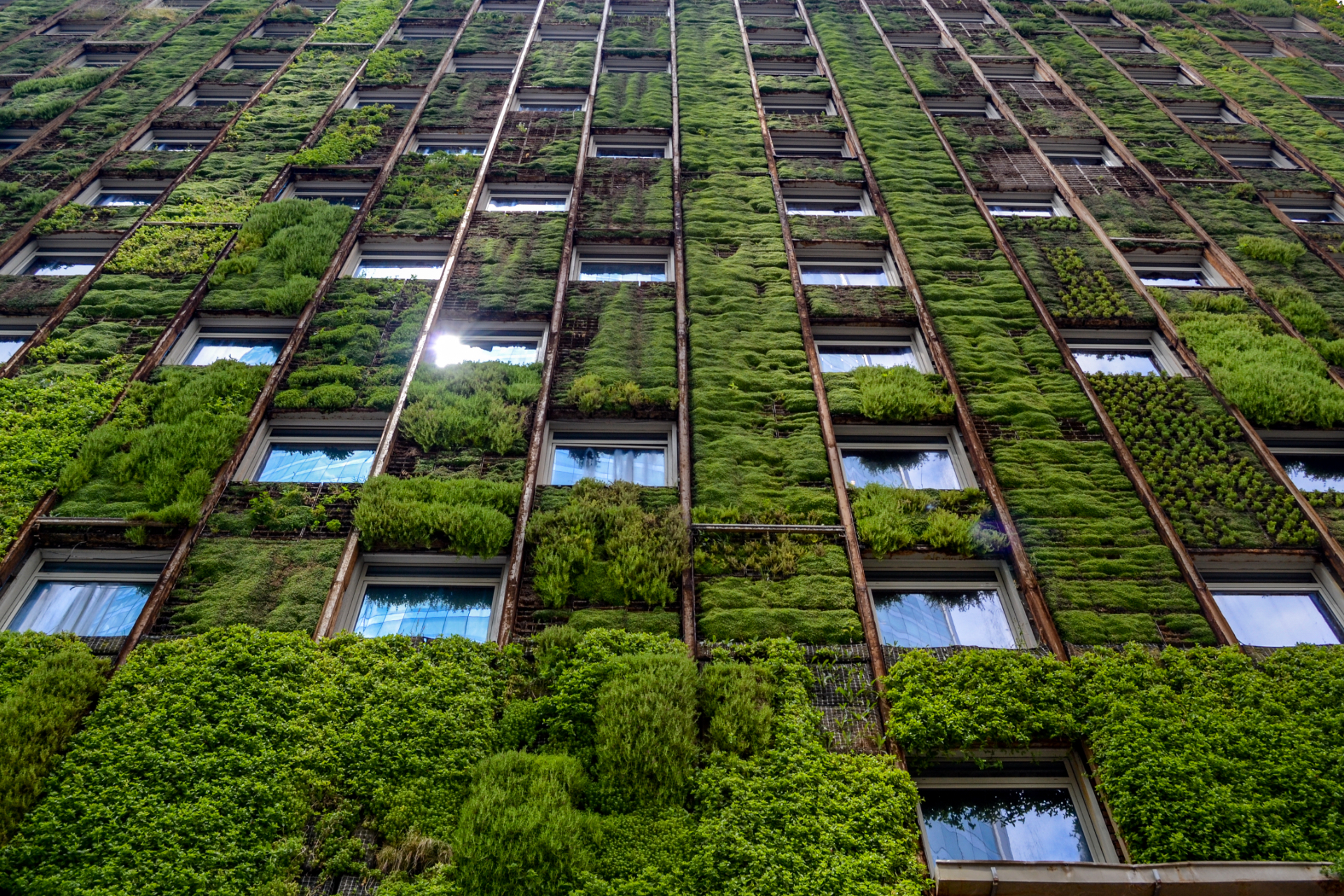
source: oneplanetnetwork.org
Sustainable construction isn’t simply environmentally friendly, though it is an excellent motivation to use it. There are numerous advantages to using environmentally friendly construction practices, including:
Renewable and Efficient
Green infrastructure increases energy reliability and efficiency. More individuals recognize the relevance and effectiveness of utilizing sustainable ways as renewable energy construction and construction methods become more popular. It can also send a solid point for the industry and the rest of the world that sustainability is feasible and necessary.
Waste Reduction
Building project waste reduction is a positive result of developing more sustainable infrastructure. It already utilizes fewer resources, relies more on recycled or renewable materials, and has more environmentally friendly construction processes. Construction materials, industrial cleaning chemicals, and paint can be hazardous to human health, so sustainable materials are also helpful.
Promotes Well-Being
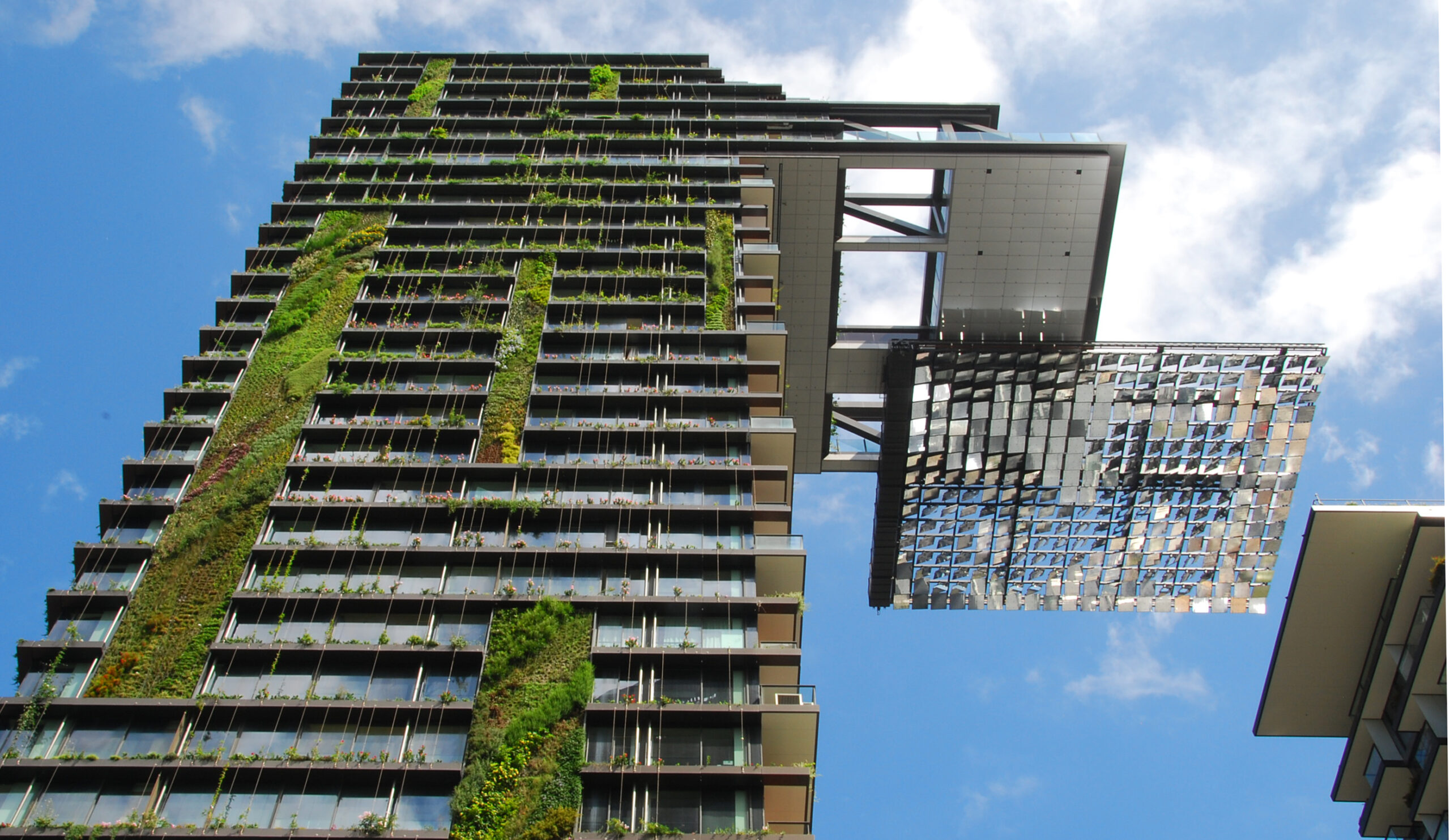
source: pinterest.com
Green building projects are good for the environment, but they also offer many psychological advantages for the people who reside in them. For example, its cognitive performance ratings in office buildings. Studies also found that people make better judgments that helped the company achieve its objectives.
In sustainable hospital buildings, 56% were glad about the hospital’s brightness following the green upgrades. It can potentially reduce depression and improve moods.
Improves Public Image
It might not seem necessary, but for a business, image is everything. People identify branding, and it establishes the reputation of the establishment. Using green construction methods and materials can improve people’s perception of your business. One way of doing it is by improving your building’s LEED rating.
LEED certification is a recognition given to buildings or structures that utilize sustainable methods in their construction. Having green building components improves the rating of your establishment. Installing access doors and panels is an excellent possible example. You can shop by category at best access doors if you’re interested to know more about it.
Economic Advantage
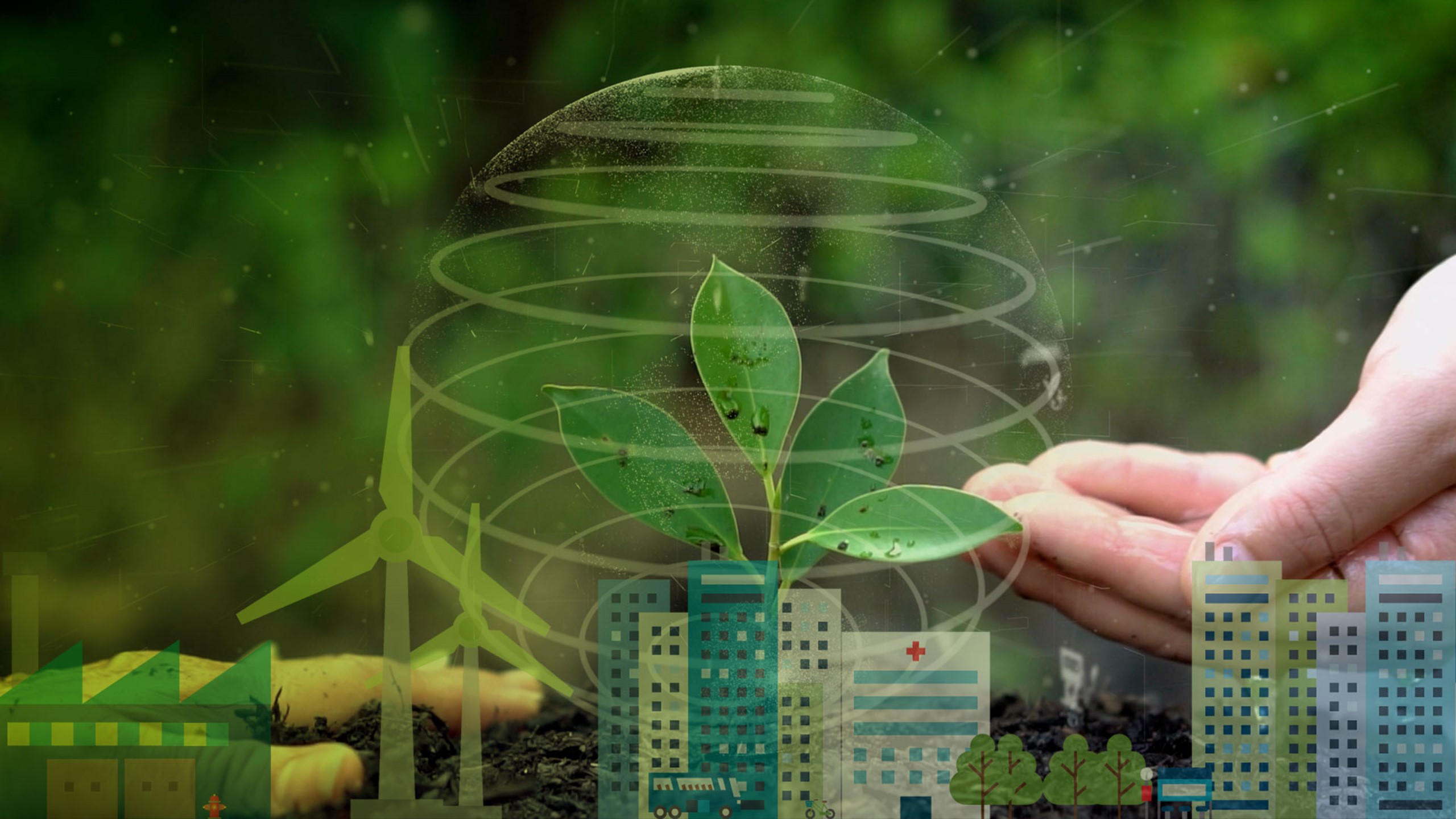
source: royalhaskoningdhv.com
Environmentally-friendly construction may also create jobs and benefit the economy. As the world gets devasted by climate change, efforts to mitigate its consequences intensify, resulting in a greater need for construction professionals and an increase in career opportunities. The green building industry provided $134.3 billion in wages and salaries to US workers, according to the USGBC, making it a critical economic engine in the US.
The Takeaway
Many public and private developers opt for a more efficient and greener construction method. Particularly since people worldwide feel climate change’s harmful effects. Sustainability is vital for many reasons, including bettering one’s standard of living and protecting the environment.
We need natural resources, clean air, and a non-toxic ecosystem to have flourishing and healthy communities, and the construction sector can lead the charge in greener initiatives.

